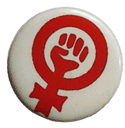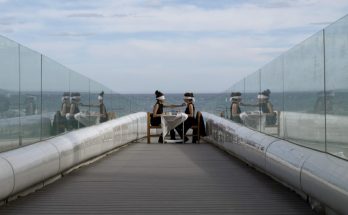My 2012 Online Feminist Spaces students have been immersing themselves in their diverse sites, and have just recently drawn their first conclusions about the nature of their unique places and experiences in relation to our shared vocabularies about and commitments to feminism and anti-racism online. Their impressive findings have been posted on this blog, and that practice satisfies two of my main pedagogic/activist goals: to bring a critical voice about these issues from our classroom on to the Internet, and to draw theories of feminist/ant-racist space across and between many sites in the world and on the Internet. Towards this end, I wanted to highlight a few of their more important and often shared observations.
For a site to be feminist and also critical about race and racism there are two preconditions:
- the place feels safe for women, people of color, queers, and feminists.
- positive interaction and supportiveness provide the bedrock for challenge, critique, and questioning
- positive discourse around the ideas of body, acceptance, and freedom are first steps to political and communal awareness and investments in action
- an overtly political orientation and vocabulary is common to the community
- an overt commitment to things feminist, and not just female, is a necessity
- an overt expression about race and racism is the only way for race to not fade away
Only then can these next conditions be of use:
- it can have a largely horizontal structure if its members know each other and share explicit, political values
- in large, anonymous communities, more structure, including the ability to filter and exclude bad behavior, are necessary to produce the framework for open and productive interaction
- in large, anonymous communities, structure for one-on-one conversation allows for productive engagement
- anonymous conversation needs time and the willingness to produce context
- by knowing more about others, and their places and beliefs, we can think past appearance as social capital


